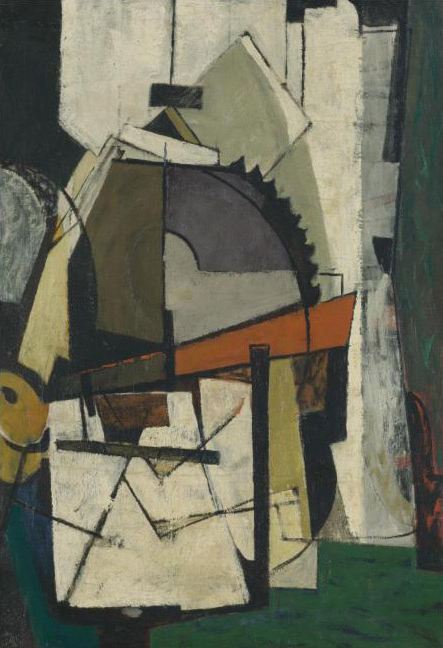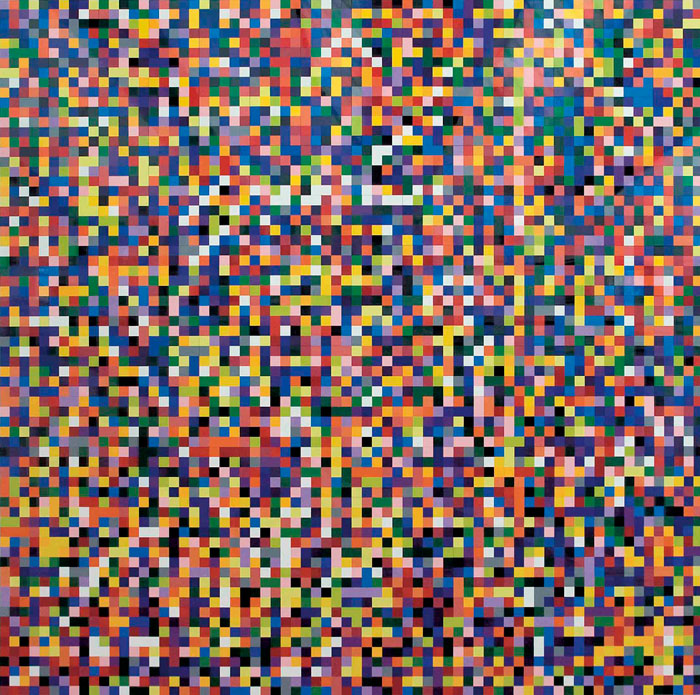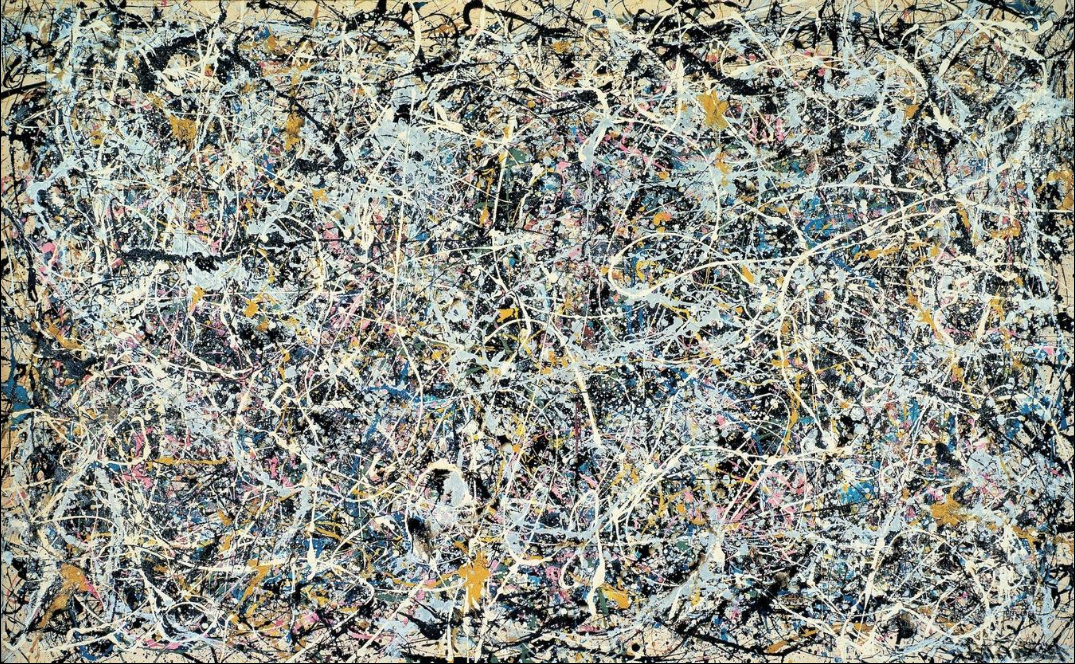Anthropic Landscapes and Memory
Arshile Gorky, the progenitor of Abstract Expressionism began making work pushing in that direction in 1930. In 1942, the New School artists saw a painting at Betty Parsons by Max Ernst made from dripping paint from a can tied to a string. Shortly thereafter Pollock began experimenting with drip painting until he was ‘discovered’ in 1947. The greater American public has been aware of abstract expressionism since Life magazine published its now famous exposé on Jackson Pollock in 1949, 64 years ago. So why the cognitive dissonance or at the very least, misunderstanding and mild approbation to Abstract Expressionism?
Our modern world is fraught with ambiguity and a lack of knowledge-authority. Where painting was once looked upon as the source of some of that knowledge-authority, offering a gateway to our subconscious at the genesis of apocalyptic behavior, it now holds virtually no authority. As J. M. Bernstein says, “So the disenfranchisement of art entails the disenchantment of nature, which disenchantments jointly entail the disenchantment of society.”[i] A recent American Psychological Association survey[ii] discovered that Millennials are the most stressed out generation yet due in large part to their hyper-connectivity with smart phones, tablets and computers. To Bernstein’s point, our contemporary world is accessed almost exclusively through the simulacrum and it’s stressing the hell out of us. If we are to believe Bacon’s approach to painting as sensation then how is that possible by looking at Pollock on your iPhone? At its core, viewers feel disassociated from abstraction because it resembles a pixelation of their simulated daily experience. On the other hand, the arcadia of 19th century painting and sculpture, feels much more secure in its avoidance of anything digital at all. Its simulation provides a gesture toward nature and forgotten landscapes, not the advance of psychotherapy and the digital age. Despite the failings of Denis Dutton and Ellen Dissanayake’s attempts to quantify art-making as anthropological grounded[iii], the foundations of our residual memories do seem to be made from the collective recollection of our early ancestors arcadian experiences on the great plains of the African subcontinent. Why else would Picasso be more palatable than Pollock to a global audience if not for his theft of the tribal?
Getting back to the question of how one should look at art, I have come to realize its the same as asking how do you taste food. Both are couched in a combination of epigenetics, life experiences and historical knowledge. This is the kind of thinking behind Schama’s book Landscape and Memory. Speaking on the nature of Anselm Keifer’s work in the context of German history, specifically Naziism Schama astutely comments, “For it has attached to countless artists and anthropologists who have parted company with Enlightenment skepticism about the cultural force of myth and magic and who have seen in their complicated symbolic elaboration something more than a hoax perpetrated on the naive by the unscrupulous.” There is a seduction in how we own our observations whether scholar, scientists or barista. All art is selling a seductive observation. How we look at another’s observance is highly dependent on our own seductions, experiences, genetics and memory.
Abstract Expressionism is very self referential, meaning it focuses inwardly on both a psychology of observation as well as art history itself. Pollock was equally enamored with dismantling and reconstructing the conventions of painting technique, approach and practice that came before him as he was in unravelling his on manic depression through the sensation of painting. It is asking a great deal of people in today’s existence of simulacrum and simulation to extend their own observations simultaneously inward and free of irony, as well as metaphorically toward the experience of paints plasticity in service to sensation. It’s not impossible but it is indeed an esoteric exercise that will likely only be coveted by a select few.
Retraction and reactionary behavior is a logical outcome to rapid and disruptive change. Our current obsessions with the magical realms whether religious doctrine or the Twilight movies is just such a reactionary expression. The 70’s dreams of nuclear holocaust have transformed into zombies and vampires. Our addition to tool-making in the age of accelerated progress is causing our minds to fracture and is freezing creative thinking. In just my lifetime we have gone to a firm believe in Einstein’s relativity to the notions of multiverses and anthropic string theory. This severe compression of technological sophistication and philosophical expansion combined with our hyper-connectivity (try answering a trivia question without reaching for your smart phone) will inevitably force us through to another kind of existence, whatever that may be. In the meantime, we are forced to contend with our own dissonance and longing for utopian forms as a weak justification that whatever we do technologically it will lead, contrary to all past indicators, to a richer kind of existence. The new art will have to address Leonard Susskind’s assertion that reality may forever be beyond reach of our understanding. I’m looking forward to people asking me how to look at that art.
[i] Bernstein, J. M. Against Voluptuous Bodies: Late Modernism and the Meaning of Painting. Stanford, CA: Stanford UP, 2006. Print. p. 241
[iii] I am not disputing an obvious anthropological underpinning to art-making but rather the philosophical or anthropological scientific framework that Dutton and Dissanayake use to make their particular and related arguments related to how art is made.



